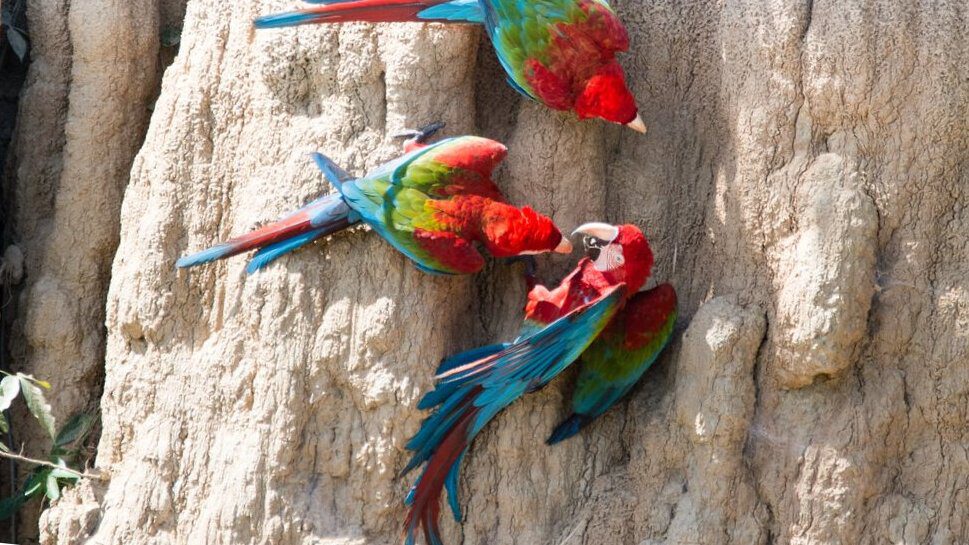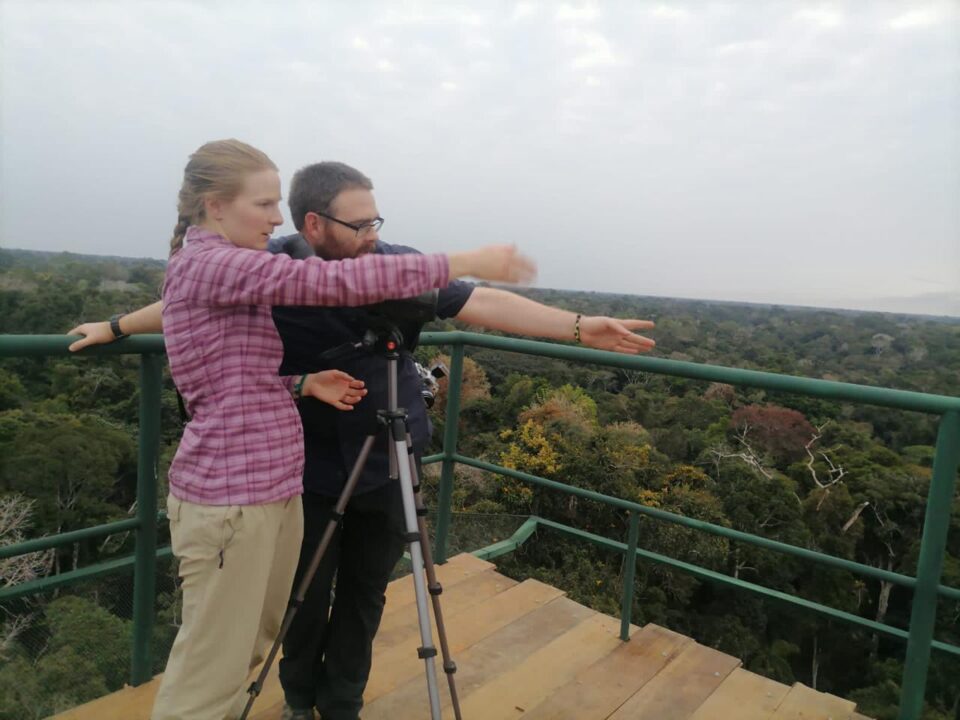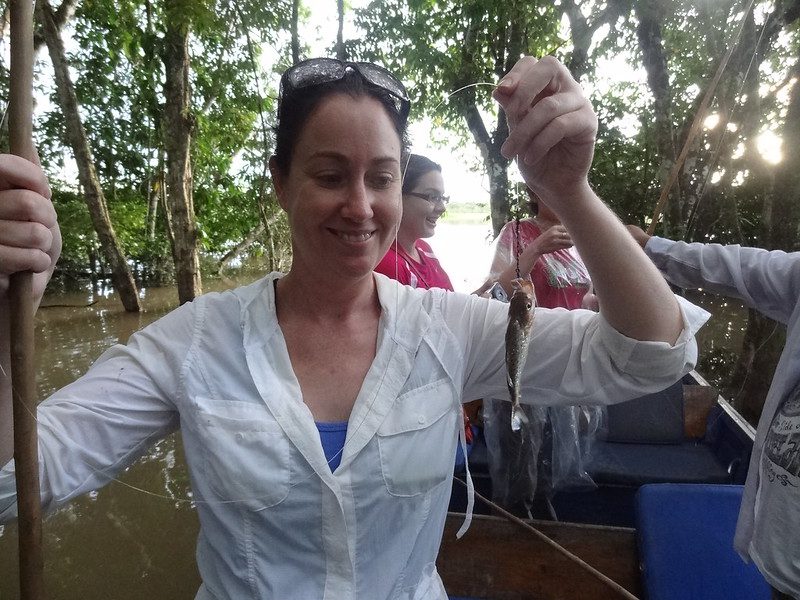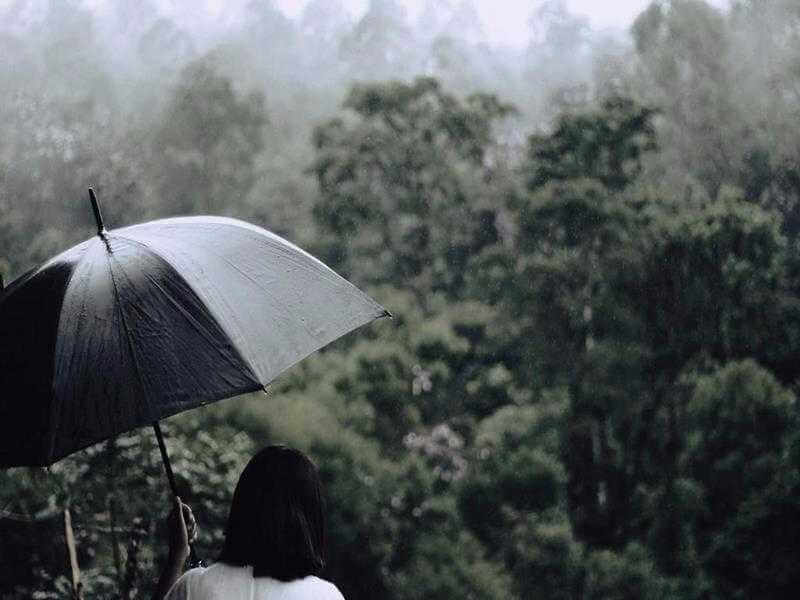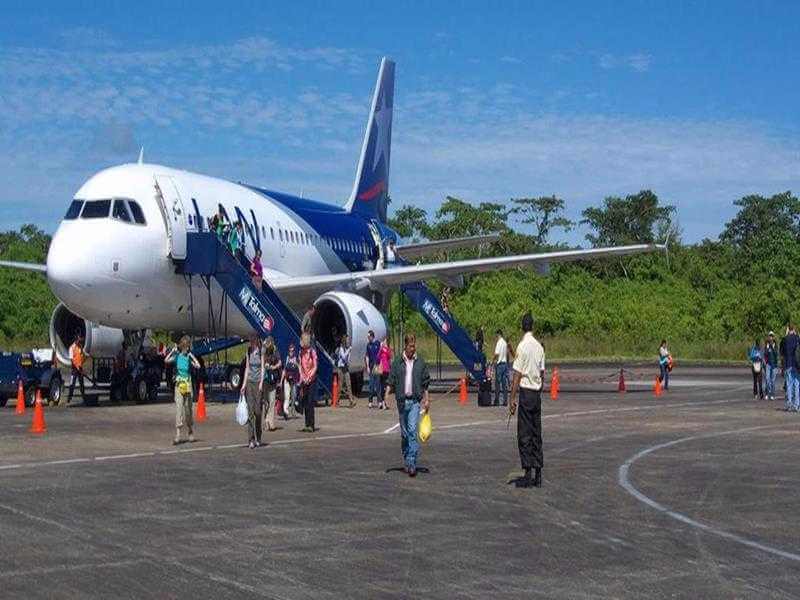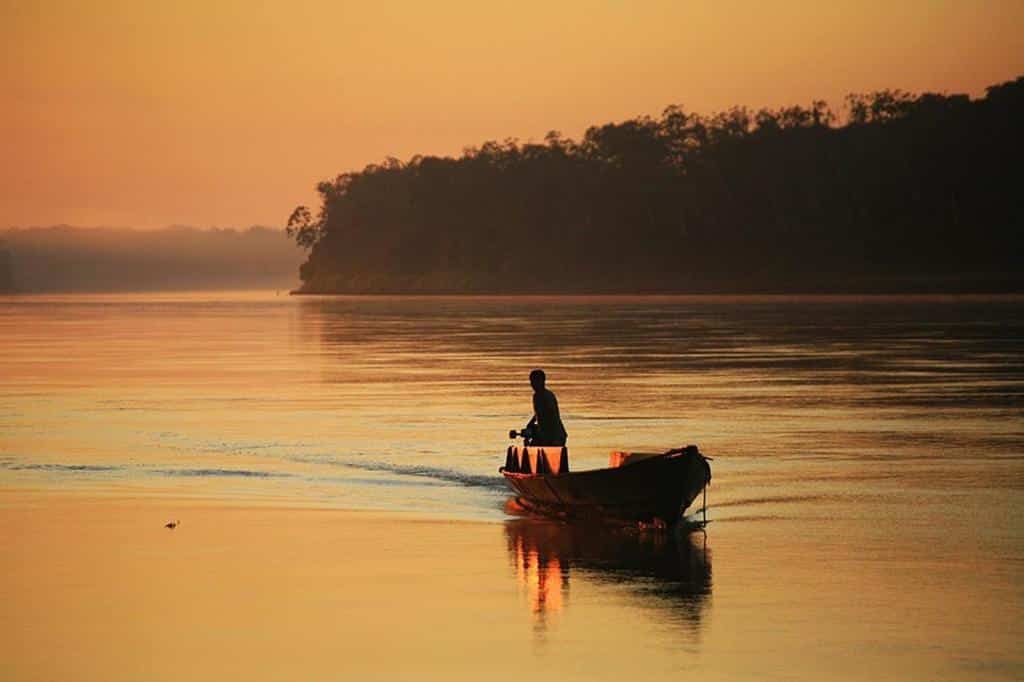Deep in the heart of the Amazon rainforest, where the rivers snake through dense green foliage and life pulses with unrelenting vibrancy, lies one of nature’s most extraordinary spectacles: the clay licks of Peru. Here, hundreds of brightly colored Amazon parrots and macaws gather each day at exposed riverbanks to feed on mineral-rich clay. This dazzling and noisy congregation is a must-see on any parrot tour and offers a rare insight into both avian behavior and the untouched wilds of the Peruvian Amazon.
The Magic of the Clay Lick in the Peruvian Amazon
Among the many natural wonders of South America, the clay licks—locally known as “collpas”—are among the most vibrant and dynamic. These sites, particularly in Peru, are rich in minerals like sodium, which are essential to the birds’ diets. The birds consume the clay to neutralize toxins from unripe fruits and seeds they eat in the jungle.
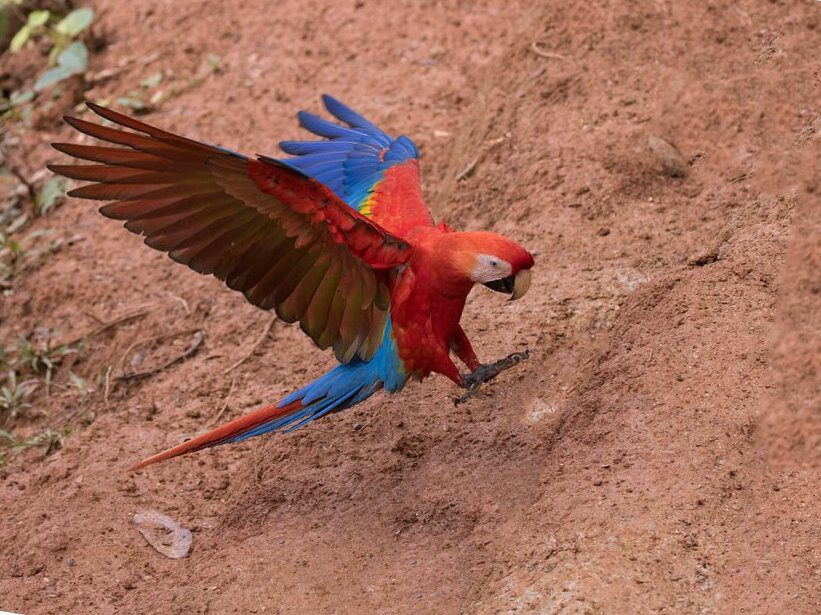
Why Macaws and Parrots Flock to the Clay Lick
The presence of large groups of birds at these parrot clay licks is not just a random occurrence; it’s a necessary survival behavior. Some researchers believe the clay provides crucial minerals lacking in the birds’ fruit-heavy diets. Others say it acts as a detoxifying agent. Either way, the result is a breathtaking gathering of wildlife that is unique to places like clay lick Peru.
Table of Contents
Macaws in the Amazon Rainforest: Stars of the Show
Colorful Characters of the Jungle
The most famous visitors to the clay licks are the macaws, large, intelligent, and vibrantly feathered Amazon rainforest parrots. Their brilliant reds, blues, and yellows light up the sky as they swoop through the jungle canopy. These Amazon macaw parrots include the scarlet macaw, blue-and-yellow macaw, and red-and-green macaw—each a symbol of the biodiversity of Macaw Peru.
Life of a Macaw in Peru
Macaws are highly social birds and often mate for life. They fly long distances across the rainforest each day, returning again and again to known macaw clay lick sites. Their sharp squawks and synchronized flights offer a spectacular display of the jungle’s pulse. Witnessing a macaw Peru flock circle above a clay lick is an experience etched in memory forever.
The Colorado Clay Lick: Nature’s Theater
What Makes the Colorado Clay Lick Special?
One of the most famous sites in the region is the Colorado clay lick, located in the Tambopata National Reserve. This clay jungle wall, towering nearly 50 feet high and stretching across a wide bank of the Tambopata River, draws hundreds of birds every morning. Birdwatchers, photographers, and nature lovers gather here for an unparalleled view of nature’s choreography.
Tourists can book a specialized clay tour with local guides who know the optimal viewing times and can help identify the different species. Tours often begin at dawn when the action peaks, as the birds begin to descend in waves from the trees to the clay walls.
Planning a Parrot Tour in Peru
Where to Start Your Journey
Most parrot tours begin in Puerto Maldonado, a small city in southeastern Peru, serving as a gateway to the Amazon rainforest. From there, visitors board motorized canoes or hiking excursions into deeper jungle lodges that offer access to prime macaw clay lick locations.
What to Expect on a Clay Tour
A clay tour typically includes:
- Early morning starts to reach the clay licks at dawn.
- Birdwatching guides with spotting scopes and binoculars.
- Visits where Macaws Eat Clay locations, including Colorado clay lick and lesser-known licks along tributaries.
- Wildlife viewing for monkeys, toucans, capybaras, and caimans.
- Cultural experiences with local indigenous communities.
Best Time to Visit
The dry season, from May to October, is generally the best time to observe the Amazon parrots and macaws. With less rain, river levels are lower and bird activity tends to be more predictable. However, the birds visit the clay licks year-round, so it’s always a good time to go.
Conservation and the Clay Licks
Protecting the Parrots of Peru
While the clay licks remain largely untouched, increasing tourism and deforestation pose threats. Ecotourism efforts and responsible parrot tours are now playing a vital role in the conservation of Peru’s parrot population. Many lodges and tour operators actively support conservation research and work closely with local communities to protect these fragile ecosystems.
Research at Clay Licks
The macaw clay lick at Tambopata is one of the most studied in the world. Conservationists have been observing behavior, nesting, and population health for decades, learning vital lessons about rainforest ecology. Visitors indirectly contribute to this research by supporting eco-lodges and tour groups who fund these efforts.
Other Wildlife at the Clay Lick
While the Amazon macaw parrot is the main attraction, the clay licks are teeming with other life. Depending on the time and location, you may also spot:
- Mealy and yellow-crowned parrots.
- Green-winged and blue-headed parrots.
- Parakeets and conures.
- Toucans, hawks, and jungle pigeons.
- Occasionally, mammals such as tapirs, peccaries, or howler monkeys may make an appearance.
Tips for the Ultimate Clay Jungle Experience
Be Patient and Quiet
Birds are sensitive to noise and movement. Staying quiet and minimizing movement increases your chance of witnessing larger flocks descend to the clay lick.
Use the Right Gear
Bring binoculars, a long-lens camera, and insect repellent. Some licks are best viewed from observation towers, while others are accessed by canoe, so waterproof gear and light clothing are essential.
Book with Ethical Operators
Choose clay tour providers that prioritize sustainability and community partnerships. They often offer deeper insight into the ecology of the clay jungle and provide better wildlife experiences.
Why the Parrot Clay Lick is a Must-See in Peru
A visit to the clay licks of Peru isn’t just a chance to see colorful birds; it’s an immersion into one of Earth’s most complex ecosystems. The thunder of wings, the cries of Amazon parrots, and the stunning backdrop of the Peruvian Amazon create an unforgettable encounter with nature.
Whether you’re a seasoned birder or a first-time jungle visitor, witnessing the daily ritual at a macaw clay lick is a profound reminder of the delicate, beautiful balance that keeps the Amazon rainforest alive.
Tips for the Ultimate Clay Jungle Experience
Be Patient and Quiet
Birds are sensitive to noise and movement. Staying quiet and minimizing movement increases your chance of witnessing larger flocks of Amazon Parrots descend to the clay lick.
Use the Right Gear
Bring binoculars, a long-lens camera, and insect repellent. Some licks are best viewed from observation towers, while others are accessed by canoe, so waterproof gear and light clothing are essential. These tools will help you spot and photograph Amazon Parrots in action.
Book with Ethical Operators
Choose clay tour providers that prioritize sustainability and community partnerships. They often offer deeper insight into the ecology of the clay jungle and provide better wildlife experiences, including sightings of Amazon Parrots in their natural habitat.
Why the Parrot Clay Lick is a Must-See in Peru
A visit to the clay licks of Peru isn’t just a chance to see colorful birds; it’s an immersion into one of Earth’s most complex ecosystems. The thunder of wings, the cries of Amazon Parrots, and the stunning backdrop of the Peruvian Amazon create an unforgettable encounter with nature.
Whether you’re a seasoned birder or a first-time jungle visitor, witnessing the daily ritual at a macaw clay lick is a profound reminder of the delicate, beautiful balance that keeps the Amazon rainforest alive.
Final Thoughts
From the mighty Colorado clay lick to the quieter hidden spots deep within clay jungle riversides, Peru offers a front-row seat to one of the greatest wildlife shows on Earth. The stunning Amazon parrots, the social spectacle of the macaws, and the mystery behind their daily visits to the clay lick form a vital part of the ecosystem and a once-in-a-lifetime travel experience.
Plan your journey to the Peruvian Amazon, pack your binoculars, and prepare to be awed by the raw, vibrant energy of the jungle and its feathered jewels.






